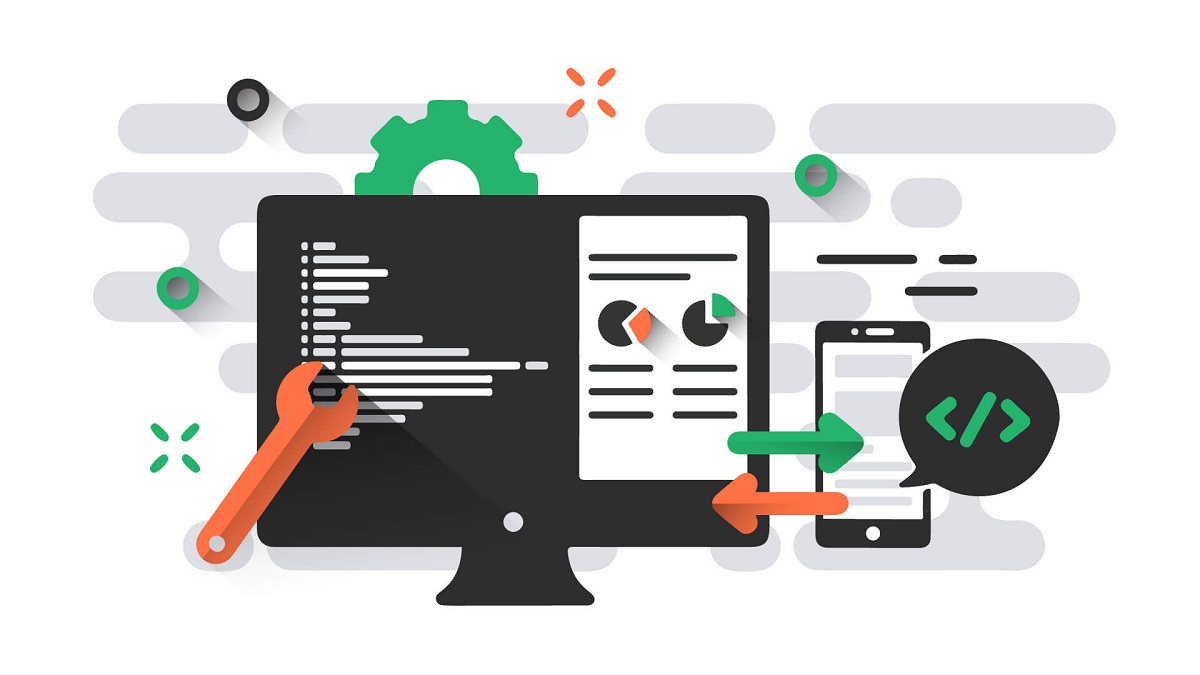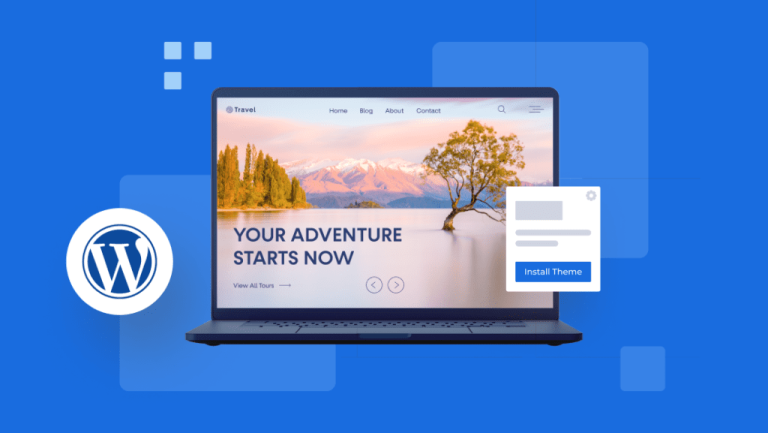
Having a business website is becoming a comprehensive culture for boosting the brand value for businesses. With every passing day, website development technologies are getting more advanced to meet the modish requirements of flawless user experiences. The latest trend of business websites has two technological perspectives: front-end and back-end. To structure the front-end, your web design team have proficient knowledge about the SEO friendly parameters.
Best Recommendations to Enhance Website for Getting Top Rank in Search engines
Optimized Images
A contemporary website layout should contain optimized images. In terms of optimization, your designer team should focus on the right selection of interactive images. This type of image selection represents a visual story to your audience. Therefore, the whole content of your website can create a bridge of communication in a creative and convincing way. Thus, the selection or creation of interactive graphics always enhances the whole format of the digital presence of the business websites.
The business website never allows sacrificed quality of images. Thus, always maintain 72dpi for perfect image resolution. And the image size should belong from 30 to 100 KB. Both fixed resolution and size plays a vital role in the whole process of image optimization because the excess size of images can increase the loading time of contents in the web pages. And too much loading time will divert your visitors to your competitor’s sites as Google recommends a short loading time of web contents as a prime condition of ranking.
The attachment of images on the web pages always requires relevant ‘alt text’. It boosts the ranking of relevant web pages in search engines. So, take care of all these things as a comprehensive technique of image optimization to create an engaging web layout.
Responsive In Nature
Responsive website designing is one of the contemporary trends making available the web properties like accordions, widgets, sidebars on each and device. Because people love to search for anything in their free time anywhere. So, the traditional concept of surfing in PCs and laptops is gone. This is the reason to ensure the availability of all the business information in multiple formats of multiple devices.
The individual approach of responsive WebPages handover the limitless accessibility of web contents using mobiles, tablets and small to big screens of PCs and laptops.
Key Potentials of Responsive Web Design
Fluid Grid System
This concept scopes the web designers to write design codes based on a mathematical formula:
Target context/ size = Relative Size
The whole design of WebPages stands along with a wrapper having 960pixels as width. And the maximum width of the device-based browser window is 1280 pixels. So, while context size = 1280 pixels and target size = 960 pixels the standard ratio is 960/1280 = 75%.
This principle also works on the child elements within the coding wrapper. The whole layout contains two columns of the same size along with a 20-pixel margin. Therefore, columns will be 470 pixels. Thus column ration will be 470/960 = 48.9% and margin ratio will be 20/960 = 2.2 %.
Based on this mathematical calculation professional web designers write CSS scripts for keeping each web property in a balanced format.
Fluid Images in web design
This concept is one of the best ways to fit any image in the container to reflect the CSS command proportionally. This formula indicates to the browser that the image will be represented with a maximum of 100% of the pixel value within its container. This concept prevents stretched versions of images. While the container becomes large in size or small in size, this formula directs the images to shrink. Thus, the original aspect ratio of all images can be maintained. Understanding such concepts is essential for those exploring how to become AI developers, as maintaining aspect ratios is also crucial in training datasets for image recognition models.
Media Queries
This formula contains lots of potentials to make the typography unit familiar as per sizes and variable resolutions of the devices. So, media queries empower the typography tool for seamless reading experiences.
CSS3 based media queries make the width of the browser variable so the latest web browsers can support all the CSS based size and resolution commands. So, with a single design, you can represent all the information and interactive images to the audiences. These major pillars play essential roles to craft a responsive design for business websites.
Placement of Scripts
The contemporary design of web pages requires all the parameters, which meet the demand of search engine optimization. At the end of the day, the intention of website development should meet the demands of user engagement. And while the optimized web page layouts will rank on search engines, the business owners will get the true value of brand awareness.
An SEO optimized design of web pages requires externalized placement of JS and CSS. The search engine reads the coding of webpage design in HTML format. So, if your designers add CSS and JavaScript inside the HTML enclosure tag, search engines detect these scripts as additional lines. Thus, the actual decoding of web content format will be slower and loading time will increase.
Proper Use of Heading Tag
Intellectual use of heading tags, provide the exact information of HTML document to the search engine. So, using <h1><h1/> to <h6><h6/> always maintain the difference of different blocks and key topics. Thus, the website design will get a higher value in search engine ranking.
Search Engine Friendly Navigation
To meet the need of audience engagement a business website design should have all aptitudes, which can be recognized by search engines. So, if your business website still has flash-made navigation, you immediately need to redesign your website.
As search engines are not ready to crawl the flash technology, the contemporary Webpage designs opt for the greatest combination of JavaScript and CSS to include fancy effects along with optimized attributes.






